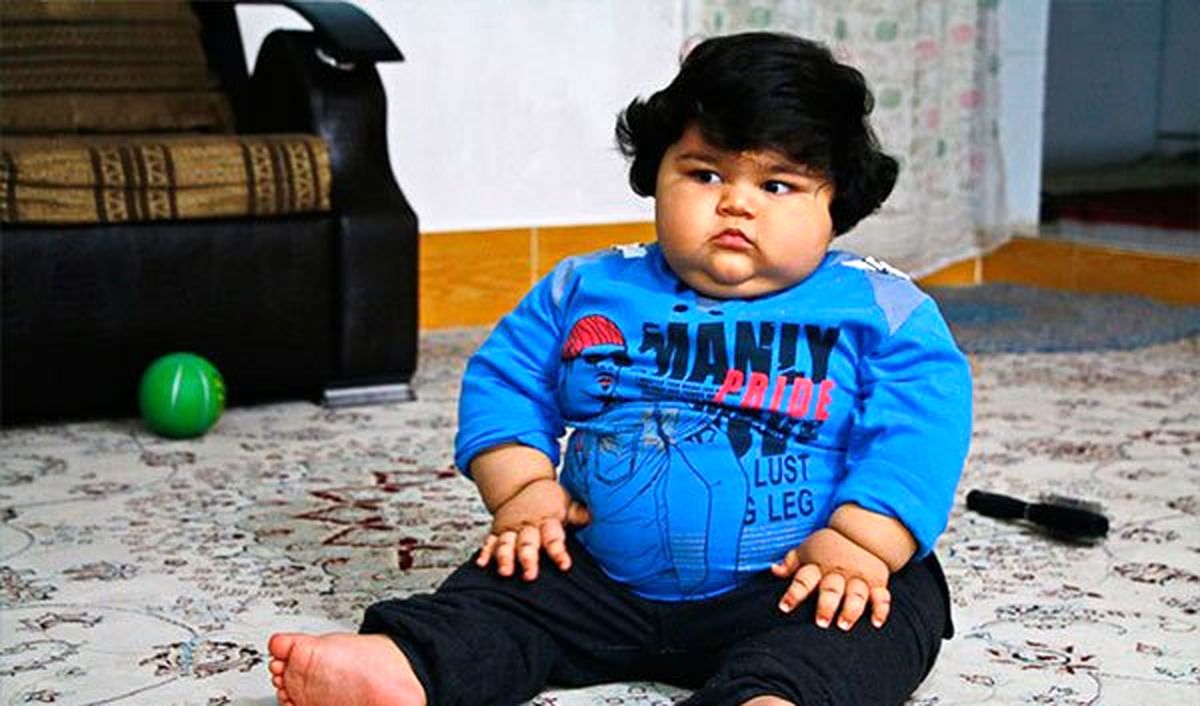
Nutritional factors in the causes of childhood obesity
Proper and balanced nutrition is important for children and adolescents. But during this period, undesirable nutritional behaviors such as skipping some meals and using the wrong diet are observed. Nutritional behavior is expected to be related to nutritional information, and people who are trained in healthy eating should be nutritionally healthy.
The main purpose of lifestyle modification to treat childhood obesity is to change body composition. However, it is not exactly clear how these practices will affect food and energy consumption. Nutritional status and diet are important factors in increasing obesity in children and adolescents. Factors such as the historical trend of food consumption, changes in available foods, inability to manage energy consumption, family nutritional behaviors, types of food kept at home, nutritional status of mothers during pregnancy obesity. Have.
Nutritional factors in the cause of childhood obesity
- Historical trends in food consumption
- Changes in available foods
- Inability to manage food intake
- Family nutritional behaviors
- Household food items.
- Nutritional status of the mother during pregnancy and lactation
Dietary modifiers related to the diet that affect childhood obesity
-
Beneficial nutrients: nutrients containing sufficient amounts of vitamin C, D, non-starch polysaccharides (fiber), calcium, folate, iron
-
Harmful nutrients: nutrients that have too much energy, including protein (from animal products), fats, saturated fats, sodium.
-
Healthy foods: foods that contain enough whole grains, daily consumption of milk, fruits, vegetables, fish
-
Harmful foods: high-energy foods (pizza, fast food, optional foods, soft drinks, sugary drinks, and ice cream)
-
Beneficial diet patterns: follow patterns such as a balanced diet based on five food groups and a low-light diet. Foods re divided into three categories:
-
Green (low-nutrient, low-nutrient foods)
-
Yellow (medium energy foods)
-
Red (high-energy, low-nutrient foods)
-
Harmful diet patterns: western diet patterns; it has high saturated fatty acids, dense in energy, and weak micronutrients. Processed died pattern; meat, soda, fried food, instant noodles, burgers, and pizza
-
Dietary behaviors and healthy eating habits: eating meals with family, regular meals
-
Harmful dietary behaviors and eating habits: eating while watching TV, eating frequent snacks
Tips to help children maintain a healthy weight
1-Promote healthy eating habits
-
Eat lots of vegetables, fruits, and whole-grain products.
-
Add low-fat or skim milk or dairy products, including cheese and yogurt.
-
Choose protein meats, poultry, fish, lentils, and beans for protein.
-
Encourage your family to drink plenty of water.
-
Limit sugary drinks.
-
Limit sugar and saturated fat.
2-Limit calorie-rich temptations
Reducing access to high-fat, high-sugar, or salty snacks can help your children develop healthy eating habits. Only allow your children to eat these foods infrequently until they are really cured!
3-Help children to be active
In addition to entertainment for children, regular physical activity has many health benefits, including:
-
Strengthen bones
-
Lower blood pressure
-
Reduce stress and anxiety
-
Increase self-esteem
-
Help with weight management
4-Reduce sedentary time
The American Academy of Pediatrics does not recommend watching TV for two years old children or younger. Instead, encourage children to do fun activities with family members or alone that lead to more activities.
5-Ensure adequate sleep.




